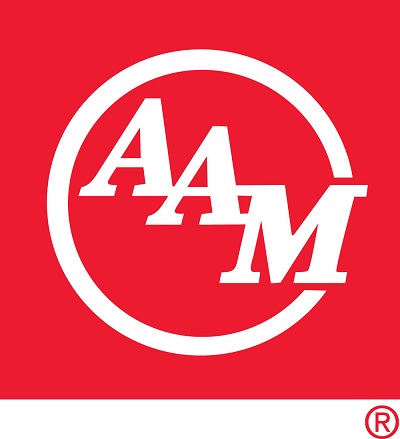- within Real Estate and Construction, Media, Telecoms, IT, Entertainment and Finance and Banking topic(s)
- in North America
- with readers working within the Law Firm industries
American Axle involved allegations of infringement of a patent pertaining to a method for attenuating driveline vibrations in order to reduce vehicle noise. The district court applied the Supreme Court's two-step framework for analyzing patent ineligibility and held that the asserted claims were patent ineligible. The court found that the claims were "directed to" natural laws because they involved the "mere application" of Hooke's Law and friction damping, and that any remaining elements of the claims consisted of "well-understood, routine, conventional activity already engaged in by the scientific community," which "added nothing significant beyond the sum of their parts taken separately."

In a modified opinion issued in response to the rehearing petitions, the original panel held that the asserted claims were ineligible because they simply applied Hooke's Law and "instructed the reader... to achieve a claimed result, without limitation to particular ways of doing so," and because any other steps involved "amounted to no more than conventional pre- and post-solution activity."
According to the opinion, the way propshafts in automotive drivetrains are constructed can in their use cause three modes of vibration: bending, torsion, and shell modes, specifically, taken from the '911 patent specification:
Bending mode vibration is a phenomenon wherein energy is transmitted longitudinally along the shaft and causes the shaft to bend at one or more locations. Torsion mode vibration is a phenomenon wherein energy is transmitted tangentially through the shaft and causes the shaft to twist. Shell mode vibration is a phenomenon wherein a standing wave is transmitted circumferentially about the shaft and causes the cross-section of the shaft to deflect or bend along one or more axes.
Judge Moore, who dissented in the original panel, argued that the majority set forth a new test that would make courts significantly more likely to find patents directed to ineligible subject matter. American Axle stated that the patent system was "desperate for... guidance" that would clarify this area of law, pointing to the evenly-split Federal Circuit opinion and statements from USPTO directors, industry leaders, and the SG for support. It claimed that the invention at-issue "is the type of invention that has been eligible for patenting since the dawn of patent law in the United States," and that the petition should be granted so that the majority's approach does not prevent these types of inventions from being patent-eligible.
While the Court has not yet granted American Axle's petition, there are clearly a number of stakeholders who believe it's time for it to weigh in again on patent ineligibility.
Patent details
American Axle sued Neapco for infringing the patent claims for the US patent number 7,774,911. To reiterate the Claim 1 and Claim 22 for the same,
Claim 1- A method for manufacturing a shaft assembly of a
driveline system, the driveline system further including a first
driveline component and a second driveline component, the shaft
assembly being adapted to transmit torque between the first
driveline component and the second driveline component, the method
comprising: providing a hollow shaft member;
tuning at least one liner to attenuate at least two types of
vibration transmitted through the shaft member;
and positioning the at least one liner within the shaft member
such that the at least one liner is configured to damp shell mode
vibrations in the shaft member by an amount that is greater than or
equal to about 2%, and the at least one liner is also configured to
damp bending mode vibrations in the shaft member, the at least one
liner being tuned to within about ±20% of a bending mode
natural frequency of the shaft assembly as installed in the
driveline system.
Claim 22 – A method for manufacturing a shaft assembly of a driveline system, the driveline system further including a first driveline component and a second driveline component, the shaft assembly being adapted to transmit torque between the first driveline component and the second driveline component, the method comprising: providing a hollow shaft member; tuning a mass and a stiffness of at least one liner, and inserting the at least one liner into the shaft member; wherein the at least one liner is a tuned resistive absorber for attenuating shell mode vibrations and wherein the at least one liner is a tuned reactive absorber for attenuating bending mode vibrations.
Natural Law and Patent: American Axle case
The content of this article is intended to provide a general guide to the subject matter. Specialist advice should be sought about your specific circumstances.
[View Source]
